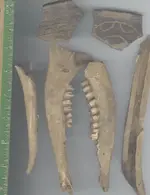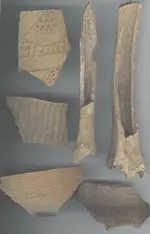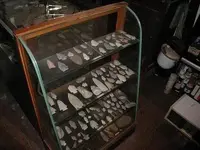E59
Sr. Member
- Joined
- Feb 28, 2005
- Messages
- 454
- Reaction score
- 7
- Golden Thread
- 0
- Location
- On the river bank
- Primary Interest:
- Relic Hunting
Good morning! The ground may be covered in snow but I'm already itchin to go look through the fields! Someone on one of these threads mentioned that most jars come from dug up trash pits. In the fields along the Des Moines I have these favorite places that I thought were campsites but maybe they're trashpits. I go to several areas that span about 200 feet that are chock full of flint pieces. I haven't found any exellent artifacts around these since the flood of 1993 so now I'm wondering are these trashpits? Should I be digging instead of waiting for the plow each year?
Upvote
0





